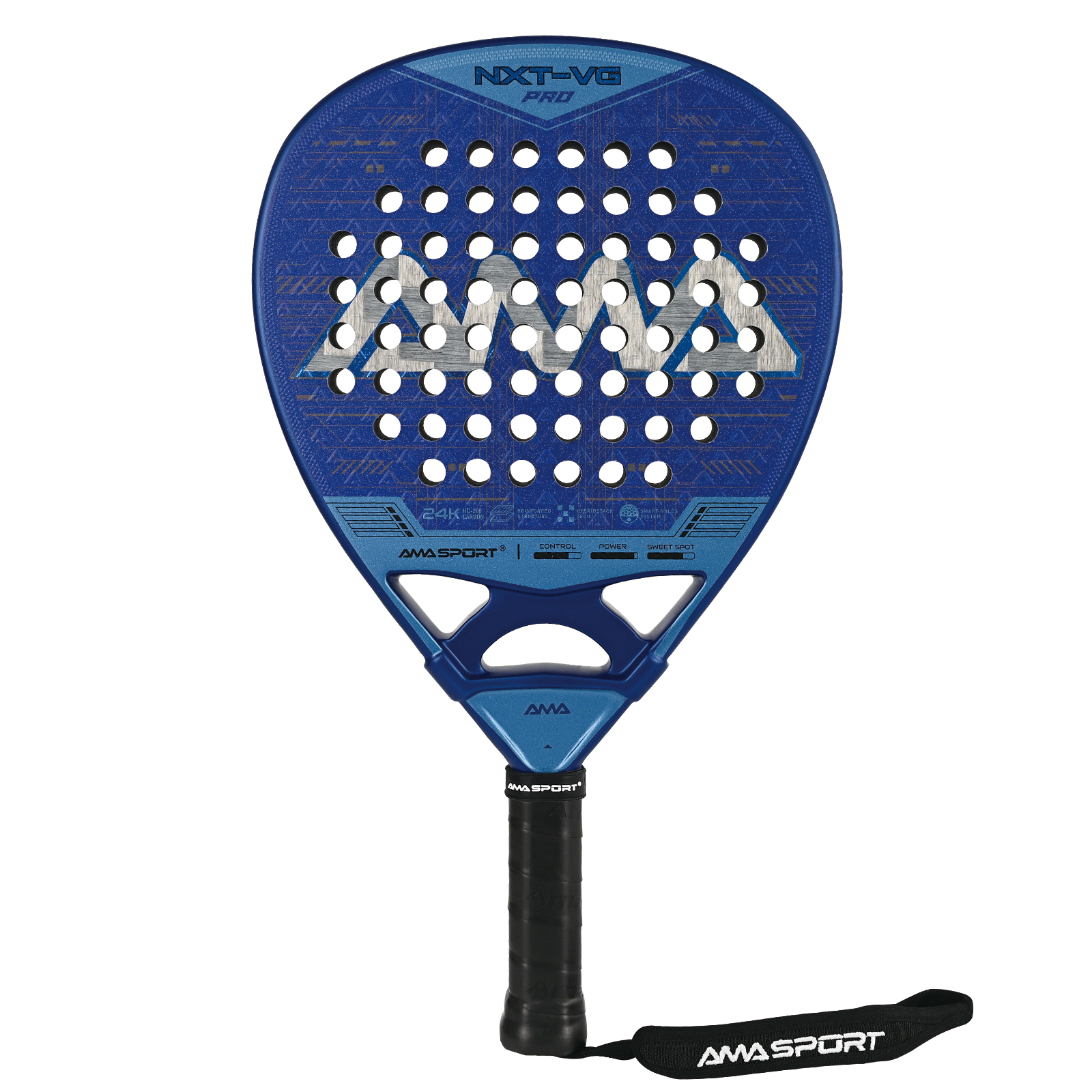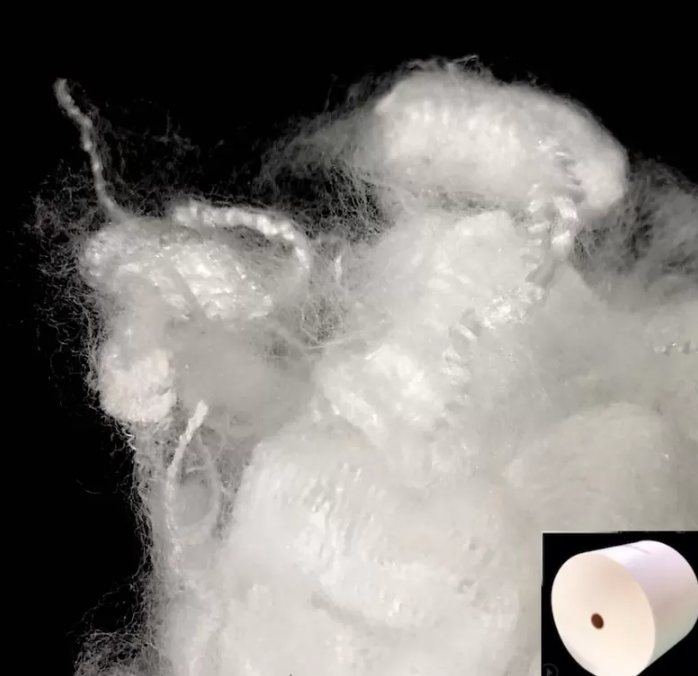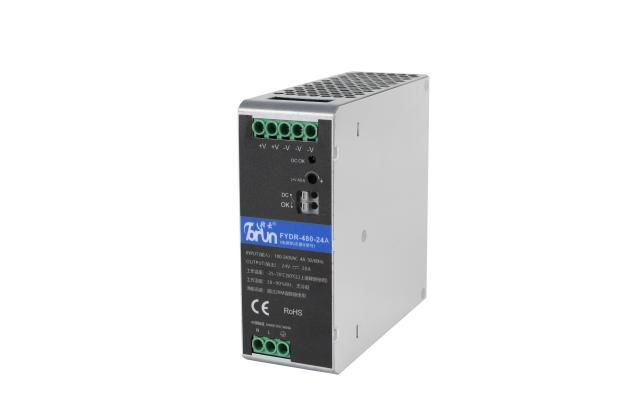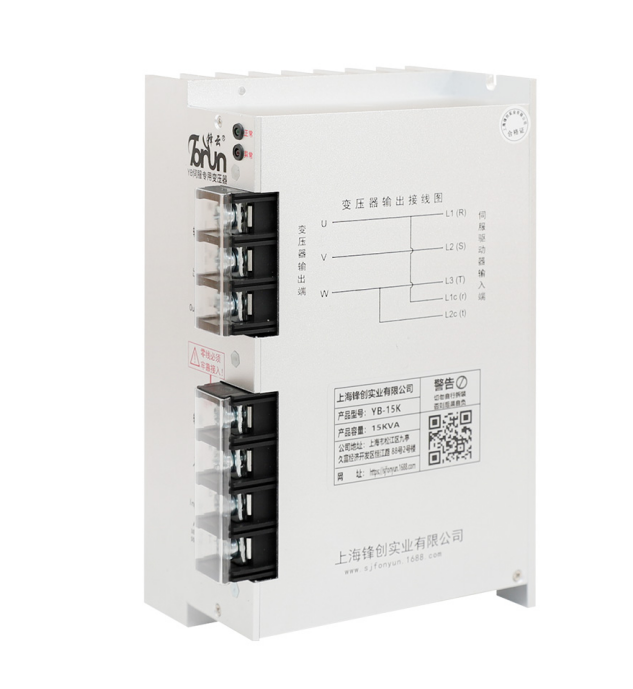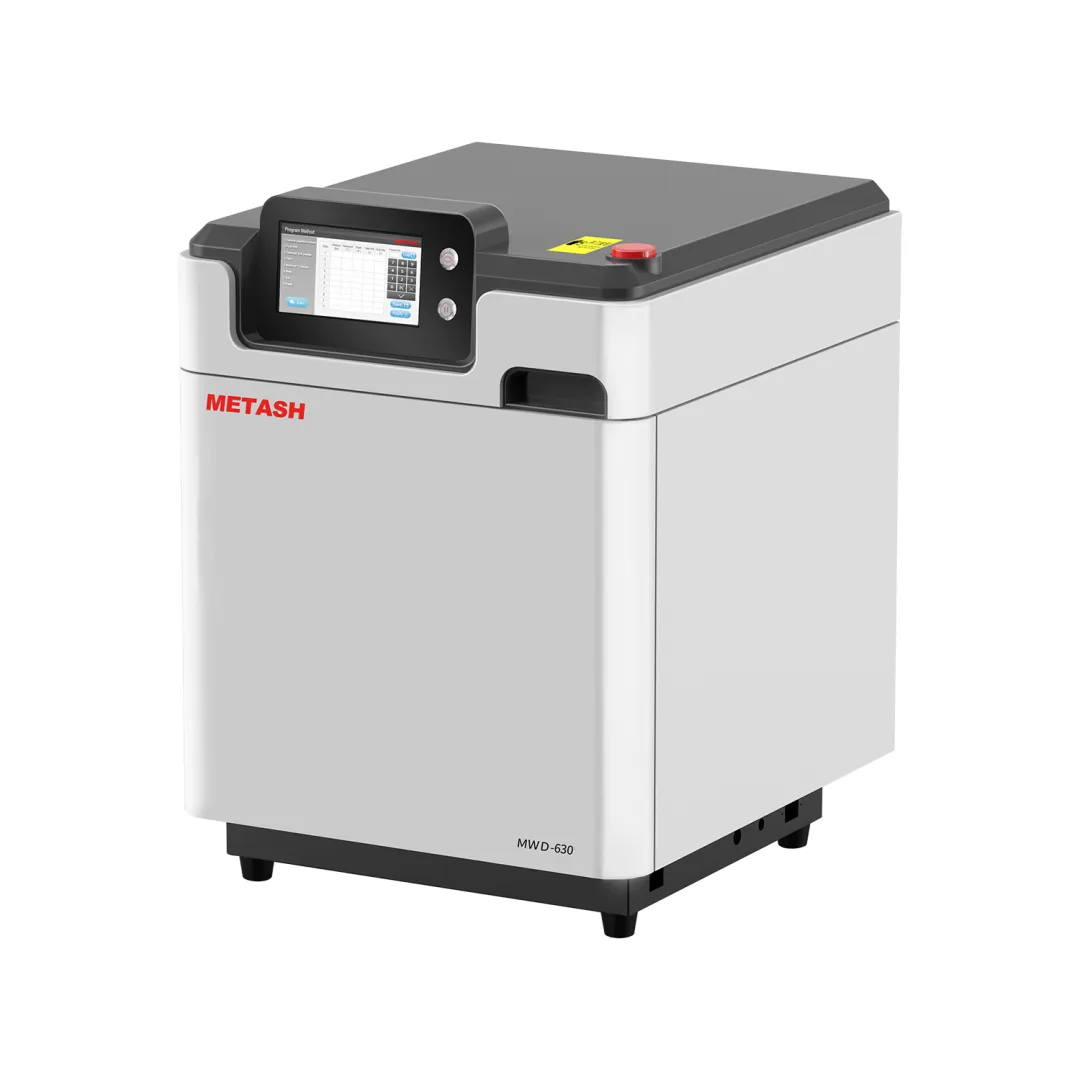Sweat Smart: The Ultimate Guide to Choosing the Best Fabrics for Your Workout
When it comes to exercising, the right fabric can make a significant difference in your performance and comfort. As we engage in physical activities, our bodies naturally produce sweat to regulate temperature. However, the choice of fabric can either enhance or hinder this process. In this blog post, we will explore the best fabrics for sweating during exercise, considering factors such as moisture-wicking properties, breathability, durability, and comfort.
Understanding Fabric Properties
Before diving into specific fabric types, it’s essential to understand the key properties that make a fabric suitable for exercise:
- Moisture-Wicking: This property allows the fabric to draw sweat away from the skin and transfer it to the outer layer, where it can evaporate. This keeps the skin dry and helps regulate body temperature.
- Breathability: Breathable fabrics allow air to circulate, which helps in cooling the body during intense workouts. This is crucial for maintaining comfort and preventing overheating.
- Durability: Exercise fabrics should withstand the rigors of physical activity without losing their shape or performance. This includes resistance to wear and tear, as well as maintaining their moisture-wicking capabilities after multiple washes.
- Comfort: The feel of the fabric against the skin is vital. Fabrics should be soft, stretchy, and non-restrictive to allow for a full range of motion.
Top Fabrics for Sweating During Exercise
- Polyester
Polyester is one of the most popular fabrics for athletic wear, and for good reason. It is lightweight, durable, and has excellent moisture-wicking properties. Polyester fibers can absorb very little moisture, which means they dry quickly, keeping you comfortable during and after your workout. Additionally, many polyester blends are treated with antimicrobial finishes to reduce odor, making them ideal for high-sweat activities.
- Nylon
Nylon is another synthetic fabric that excels in moisture management. It is known for its strength and elasticity, making it a great choice for activewear that requires a lot of movement. Nylon’s smooth texture feels great against the skin, and it also dries quickly. However, it is worth noting that nylon can retain odors more than polyester, so look for blends that incorporate antimicrobial treatments.
- Merino Wool
While wool might not be the first fabric that comes to mind for exercise, merino wool is an exceptional choice for various workouts. It is naturally moisture-wicking and can absorb a significant amount of sweat without feeling wet. Merino wool also has temperature-regulating properties, keeping you warm in cooler conditions and cool when it’s hot. Moreover, it is odor-resistant, making it suitable for multi-day wear.
- Bamboo Fabric
Bamboo fabric is gaining popularity in the athletic wear market due to its eco-friendly nature and impressive moisture-wicking abilities. Bamboo fibers are highly breathable and have natural antibacterial properties, which help in reducing odor. This fabric is soft and comfortable against the skin, making it an excellent choice for yoga or low-impact exercises.
- Spandex (Lycra)
While spandex is often blended with other fabrics, its role in athletic wear cannot be overlooked. Spandex provides excellent stretch and recovery, allowing for a full range of motion during workouts. It is often combined with polyester or nylon to enhance moisture-wicking capabilities while maintaining comfort and fit.
Choosing the Right Fabric for Your Activity
When selecting the best fabric for sweating during exercise, consider the type of activity you will be engaging in:
- High-Intensity Workouts: For activities like running, cycling, or HIIT, look for lightweight polyester or nylon fabrics that offer superior moisture-wicking and breathability.
- Yoga and Pilates: Opt for a blend of spandex and bamboo or merino wool for comfort and flexibility, while also benefiting from moisture management.
- Outdoor Activities: If you’re hiking or engaging in outdoor sports, merino wool or synthetic blends that offer insulation and moisture control are ideal.
Conclusion
Choosing the right fabric for sweating during exercise is crucial for optimizing performance and comfort. By understanding the properties of various fabrics and their suitability for different activities, you can make informed decisions that enhance your workout experience. Whether you prefer the quick-drying capabilities of polyester, the softness of bamboo, or the temperature regulation of merino wool, the right fabric can help you sweat smart and stay comfortable throughout your fitness journey. Remember, investing in quality athletic wear is not just about style; it’s about functionality and performance.

